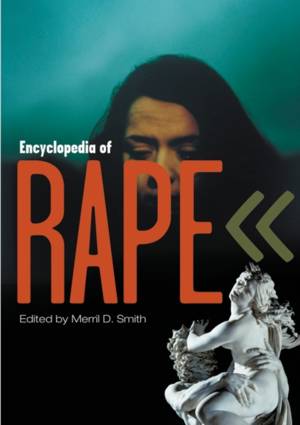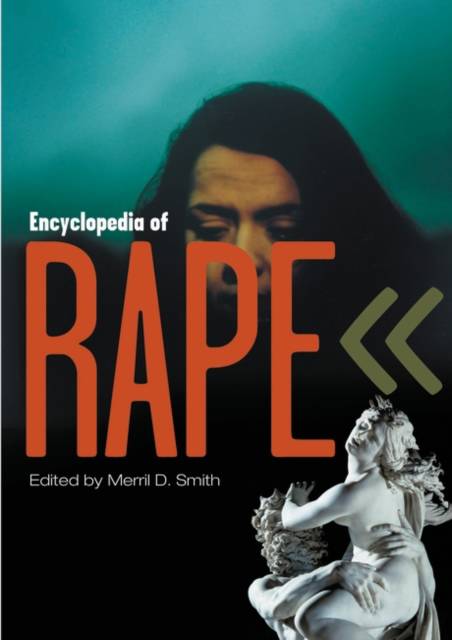
- Retrait gratuit dans votre magasin Club
- 7.000.000 titres dans notre catalogue
- Payer en toute sécurité
- Toujours un magasin près de chez vous
- Retrait gratuit dans votre magasin Club
- 7.000.0000 titres dans notre catalogue
- Payer en toute sécurité
- Toujours un magasin près de chez vous
Description
Rape has been perpetrated throughout history and worldwide, and today ours has been called a rape culture, because sexual violence, mainly against women and children, is prevalent and tolerated to some extent. The Encyclopedia of Rape offers 185 entries in an A-to-Z essay format covering the historical scope and magnitude of the issue in the United States and globally. Written by a host of scholars from diverse fields, it provides informed perspectives on the key dimensions of the topic, from concepts, social movements, offenders, high-profile cases, legislation, influential activists, landmark texts, and victimology to representations in literature and art. This solid, accessible ready-reference will allow students and the general reader to contextualize current events and reading and viewing in history, literature and the Bible, film, art history, gender studies, psychology, criminology, popular culture, and more.
Rape is a topic of perpetual relevance and remains deeply controversial, as it involves the sexual act. Although women are the primary targets of rape and thus the focus of discussion of it, the rape of men, children, and animals is also considered in the encyclopedia. Up to date, it contains insight on the manifestations of rape today, including as a tool of ethnic cleansing in Bosnia and genocide in Rwanda, the Catholic Church priest scandals, and drug-facilitated date rape. Added value comes from an abundance of statistics, suggested reading for further research per entry, chronology, resource guide, and appendix listing entries by topic.Spécifications
Parties prenantes
- Auteur(s) :
- Editeur:
Contenu
- Nombre de pages :
- 336
- Langue:
- Anglais
Caractéristiques
- EAN:
- 9780313326875
- Date de parution :
- 30-08-04
- Format:
- Livre relié
- Format numérique:
- Genaaid
- Dimensions :
- 183 mm x 262 mm
- Poids :
- 861 g

Les avis
Nous publions uniquement les avis qui respectent les conditions requises. Consultez nos conditions pour les avis.






